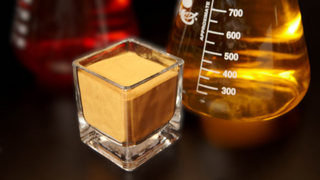Fulvic acid is the element found in humates, the highly nutritious layer of the earth formed over millions of years of compression.
We extract our fulvic from the humic layer, making it 100% fulvic - we don't cut it with humic (there is a difference!) Not everyone has the technology to extract the nutrients out at this level.
WHERE IS FULVIC FOUND IN NATURE?
PLANTS
Fulvic acid, sourced from plants such as peat bogs, contains a rich array of organic nutrients and revitalizing compounds that are unmatched by lab-produced alternatives.
COAL
Extracting fulvic acid from sources such as brown coal (lignite) can pose a potential risk, as it may contain high levels of heavy metals. Furthermore, the fulvic content can vary greatly depending on the specific mining location.
SHILAJIT
Shilajit, a sticky substance found in the rocks of the Himalayan mountains, is known to contain fulvic and humic acids. However, a potential concern is that humic acid can often be contaminated with high levels of heavy metals.
The optimal source for fulvic-rich, complex organic substances is a pristine peat bog, where plant matter has undergone natural distillation.
Once extracted, fulvic acid serves as an essential vehicle that carries vitamins and minerals to the right places within our bodies due to its ability to penetrate cell walls and mitochondrial membranes.











![How Does FULVIC Acid Work? [UNDERGROUND]](http://mettlefactor.com/cdn/shop/articles/MF_Website_Banners-6.png?v=1729117714&width=320)